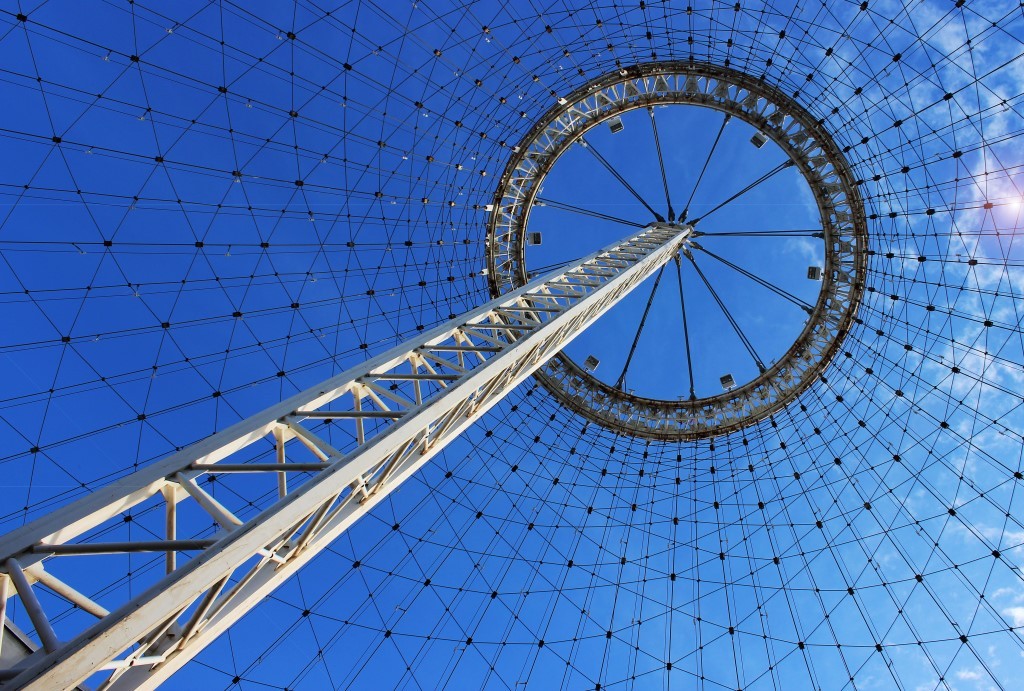
Building design and code requirements are readily becoming rooted in building science, which is the study of heat, air, and moisture movement across the building envelope.
Reducing the heat energy transfer (which is bi-directional based on geography and climate) is why insulation is used. And arguably more important is the need to reduce airflow (aka, air leakage) across and through building envelopes. This airflow often includes a lot of heat and moisture; therefore, buildings’ HVAC systems work hard (and use energy…and cost money) to make up for the heat and moisture gains and losses in order to maintain proper interior temperature and humidity levels. Environmental Building News, in an article titled The Hidden Science of High-Performance Building Assemblies (Nov. 2012) , stated “Air infiltration and exfiltration make up 25%-40% of total heat loss in a building in a cold climate and 10%-15% of total heat gain in a hot climate.” This is why the model codes are now mandating air barriers.
The 2012 International Energy Conservation Code (IECC), Section C402.4, Air leakage (Mandatory) provides the requirements for air barriers in new construction. Prior to 2012, building codes did not include air barrier requirements. The first step taken in the IECC was to mandate air barriers in Climate zones 4, 5, 6, 7, and 8 (locations north of the Mason-Dixon Line, in a broad sense). Climate zones 4 through 8 are heating climates, where the largest potential for heat loss occurs. The IECC provides three ways to comply; air barriers requirements can be met through material, assembly, or whole building testing. A blower door test, used to test a whole building, seems to be the most common way used to show code compliance currently. The IECC included a list of materials that prescriptively meet the code requirements for air barrier materials; sheet steel and aluminum are on that list.
Three years later the 2015 IECC went a step further. Section C402.5, Air leakage—thermal envelope (Mandatory) extended the requirement for air barriers by mandating their use in all climate zones in the United States except zone 2B, which is a hot/dry zone. Climate zone 2-dry includes only southwest Arizona, southwest Texas, and a small part of Southern California. Essentially all new buildings in the United States are required to have air barriers, and sheet steel and aluminum remain prescriptive air barriers. It’s important to know that when reroofing, the air barrier requirements do not apply.
The IECC is available for purchase on ICC’s website: www.iccsafe.org.